7 weeds you didn’t know were good for you
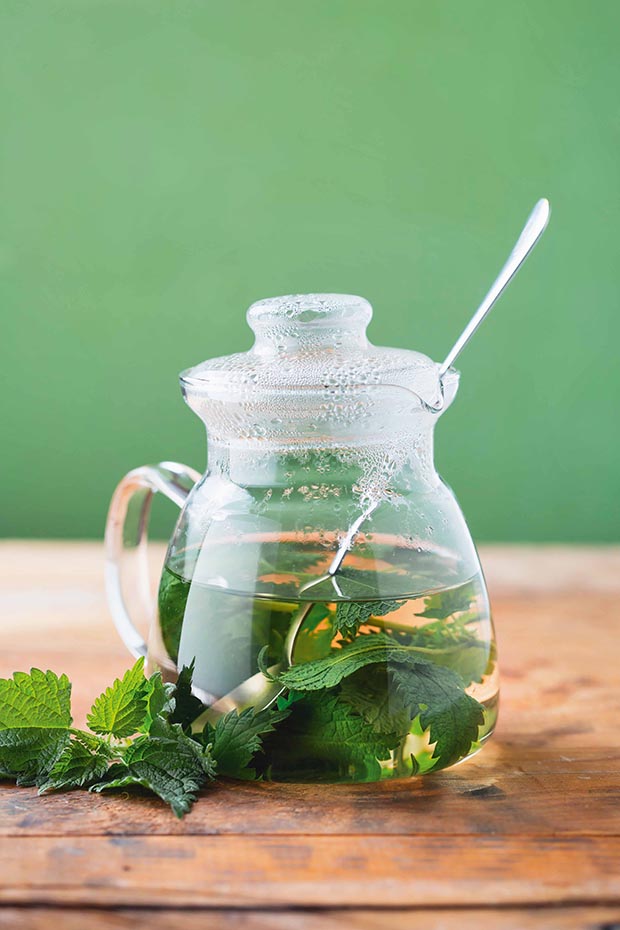
We’re quick to see their faults, but these seven weeds deserve a place at the table.
Words: Jenny Garing
Warning: Remember to positively identify any of the weeds you pick before eating them. Julia’s edible weeds is a good website with photos of weeds found in New Zealand. Make sure you aren’t picking weeds that have stock effluent or pesticides on them, and also wash plants well before using.
1. Comfrey
When I was growing up on Banks Peninsula, my mother used to sometimes cook us up a dish of what she called green fish. A crumbed, green, whole ‘fillet’ was served with a wedge of lemon for squeezing onto this crispy delicacy. The ‘fish’ was, in fact, comfrey leaves that she had foraged for, and we loved this unique food, which was lucky because it grew well in the horse paddock.
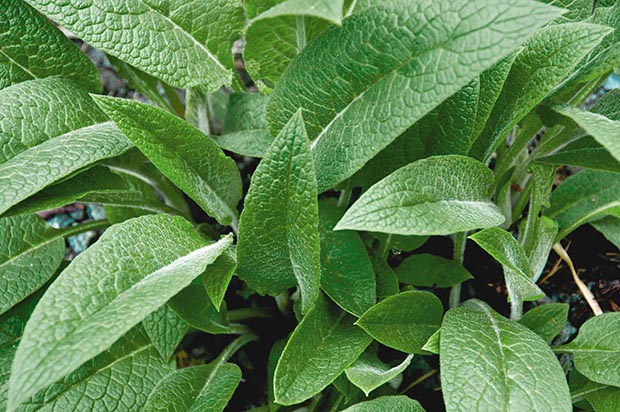
Comfrey is good for your garden, the leaves helping to fix nitrogen for the soil. It’s also well known around the world as an aid to reduce inflammation from sprains and broken bones. Comfrey roots and leaves contain allantoin, a substance that helps new skin cells grow, along with other substances that reduce inflammation and keep skin healthy. Comfrey ointments have been used to heal bruises, pulled muscles and ligaments, fractures, sprains, strains, and osteoarthritis. In the past, comfrey was also used to treat stomach problems.
However, research now shows that it has toxic substances called pyrrolizidine alkaloids that damage the liver, so it is not recommended that it be eaten, so keep it as an application for the skin.
In our comfrey-filled horse paddock was a very similar-looking but deadly plant. As a young girl, I mistakenly picked a whole heap of foxglove leaves and brought them back to be cooked as ‘green fish’ for lunch. Luckily, the bitter taste of a trial leaf alerted us to the fact that it wasn’t comfrey but rather a poisonous plant that looked similar to an untrained 13-year-old. A recent growing awareness of the benefits of foraged food has highlighted the many and varied weeds around our farmland, that can be eaten, as long as you know what you are picking.
2. Broom
On our block, we are surrounded by broom, and while it’s an introduced pest, in spring and summer I like the look of the flowers and they smell lovely. But did you know you can actually eat them? Broom is a member of the legume family and survives well in New Zealand conditions. In late summer you can hear the cracking as the seeds pop and disperse over the land.
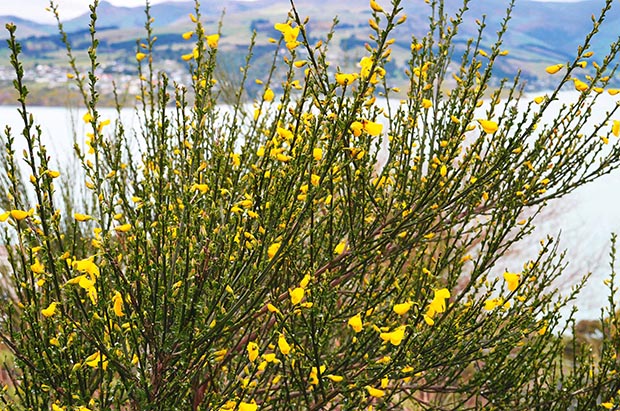
The Plantagenet kings used common broom (known as plantagenista in Latin) as an emblem and took their name from it. In England, it was common to include a decorated bundle of broom at weddings. Ashes of broom were used to treat dropsy (oedema or swelling due to water retention), while its strong smell was said to be able to tame wild horses and dogs. In reality, it’s known to be a natural diuretic (causing people to produce more urine).
HOW TO USE IT
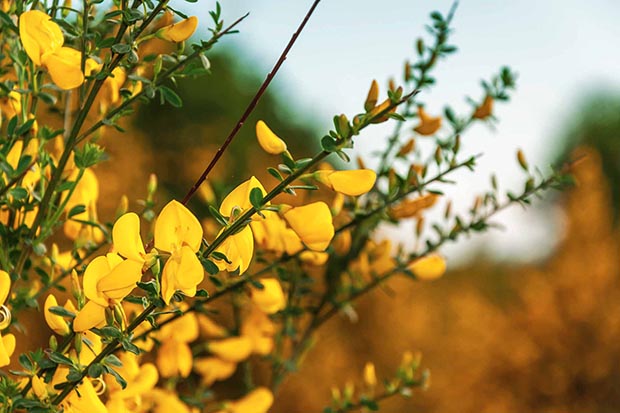
The flowers are edible and in Europe have been included in recipes for ages. It preceded hops in beer-making, creating a stronger and more bitter brew. The flowers were also salted and then used much like capers.
Recipe: Broom Flower Custards
Broom flowers give a delicate sweet flavour to custards. This is the old English traditional custard with a twist.
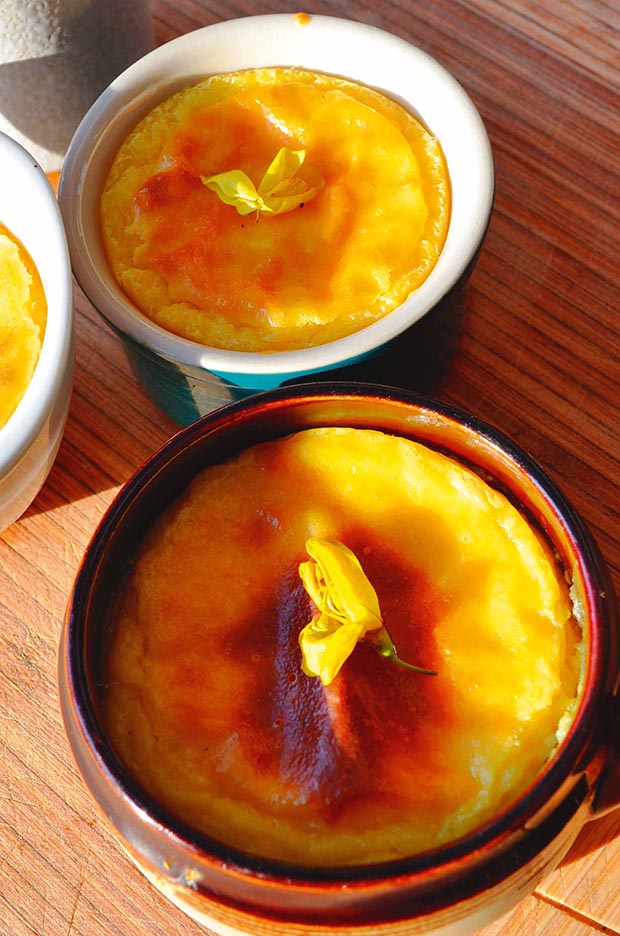
Broom flower custards.
INGREDIENTS
275ml milk or cream (or a half and half mix of both)
6 tbsp broom flowers
25g butter
2 tbsp cornflour
3 egg yolks
2 tbsp honey
50g blanched almonds, ground
METHOD
Put the milk and/or cream in a pot and add the broom flowers. Bring to a gentle simmer on low heat. Stir the flowers in well and then let the mix sit off the heat to infuse for at least an hour or two. Strain the liquid off the flowers and throw the flowers away. Heat the oven to 200°C. Melt the butter in a saucepan on a moderate heat. Stir in the cornflour and cook it for 30 seconds. Stir in the infused milk and keep stirring until you have a smooth thick sauce. Take the pan off the heat and beat in the egg yolks one at a time. Stir in the honey and almonds. Divide the mixture between four individual ramekins and bake for 20 minutes so that they are set and the tops are golden brown. Decorate with broom petals and serve hot.
WARNING
The broom we have in New Zealand is sometimes called Scotch broom. It’s different from Spanish broom, which is poisonous and should NEVER be eaten. That said, Landcare Research classifies broom seeds as poisonous, especially if crushed before eating. Stick to using the flowers only and like any wild foods, be cautious and do not eat them if you are pregnant or ill.
3. Miner’s lettuce
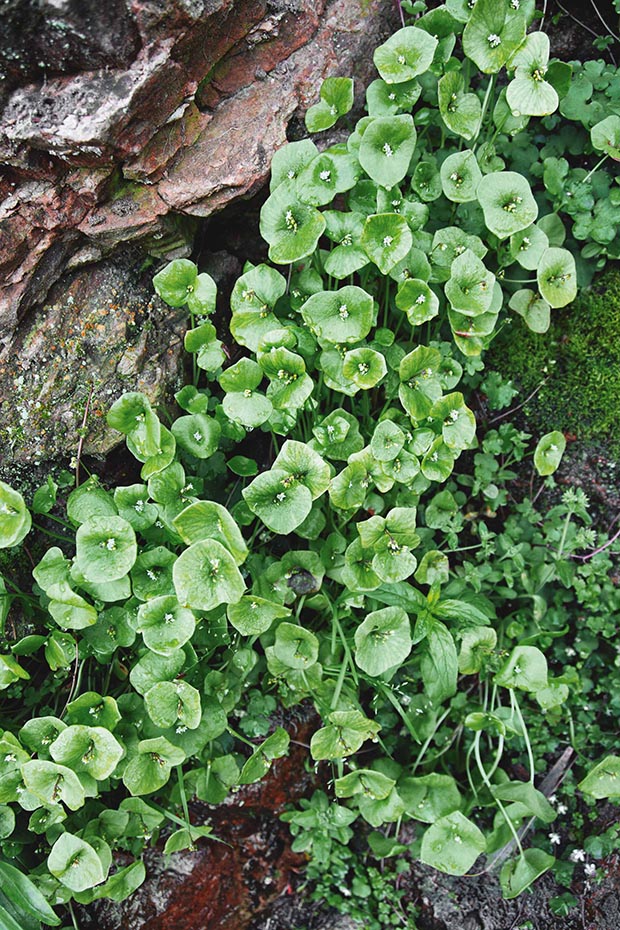
My mother offers to come and do some weed pulling along the tracks under the trees around our place at this time of year, but what she is really after is a harvest of miner’s lettuce. This weed is so-called because of its use by California gold rush miners who ate it for its vitamin C to prevent scurvy. It can be eaten as a leaf vegetable and is thought to help cleanse the liver. The flavour is mild and sweet, with a subtle earthiness.
HOW TO USE IT
At its height of maturity, miner’s lettuce produces numerous edible flowers from its stems and these are a great addition to a morning green smoothie. It’s most commonly eaten raw in salads, but it is not quite as delicate as other leafy greens like lettuce. Sometimes it is boiled like spinach, which it resembles in taste, so try serving it wilted under your poached eggs, or mixed into mashed potatoes.
4. Chickweed
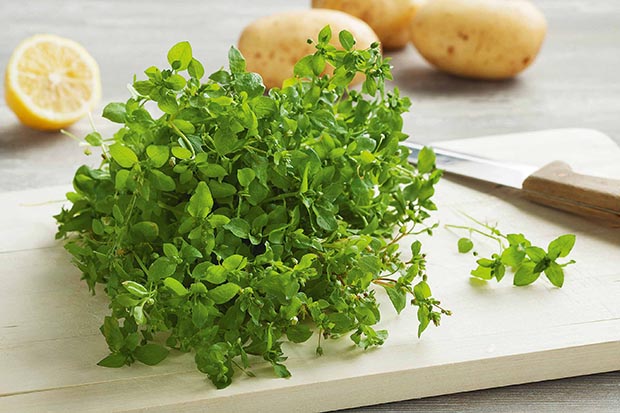
This also grows rampant in these parts. I know it is good food for chickens, but I am also told it makes a good immunity booster for people and you can drink it like a tea as a general tonic. Chickweed is packed with nutrients, is a rich source of calcium, and includes chlorophyll and carotenes, so is said to be good for the liver and for easing arthritic joints.
HOW TO USE IT
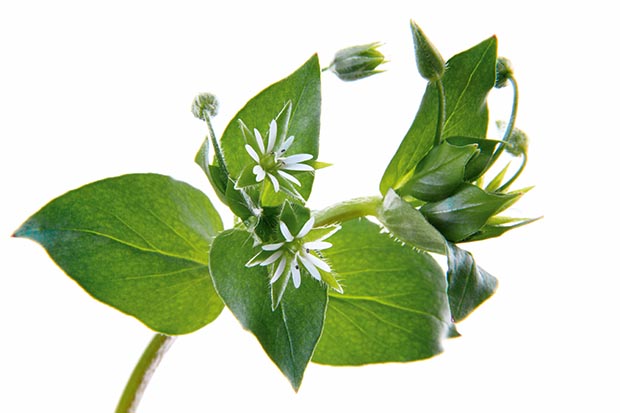
It can easily be used as a salad base, or in sandwiches or even in soups. It also goes well in the following simple soufflé recipe, or alternatively chop it up raw and mix it with a sharp, grated, cheddar cheese and a vinaigrette dressing with a touch of Worcestershire sauce to make an interesting salad.
Recipe: Chickweed & Potato Souffle
INGREDIENTS
900g potatoes
1 small onion, thinly sliced
125g chickweed
90ml milk
2 eggs, separated
butter for greasing the dish
METHOD
Heat the oven to 200°C. Boil the potatoes, unpeeled, with the onion, until they are soft. Drain them and skin the potatoes, keeping the onion. Chop the chickweed up and blanch in boiling water for 2 minutes and then drain thoroughly. Put the potatoes, onion and chickweed into a food processor and blitz until smooth. Season with salt and pepper and beat in the egg yolks and milk.
Stiffly whip the egg whites and fold them gently into the potato mixture. Grease the inside of a deep oven dish with butter, and spoon the potato mix into the dish. Bake for 35 minutes or until you have a light, risen soufflé with a crispy golden top.
5. Fathen (Fat-hen)
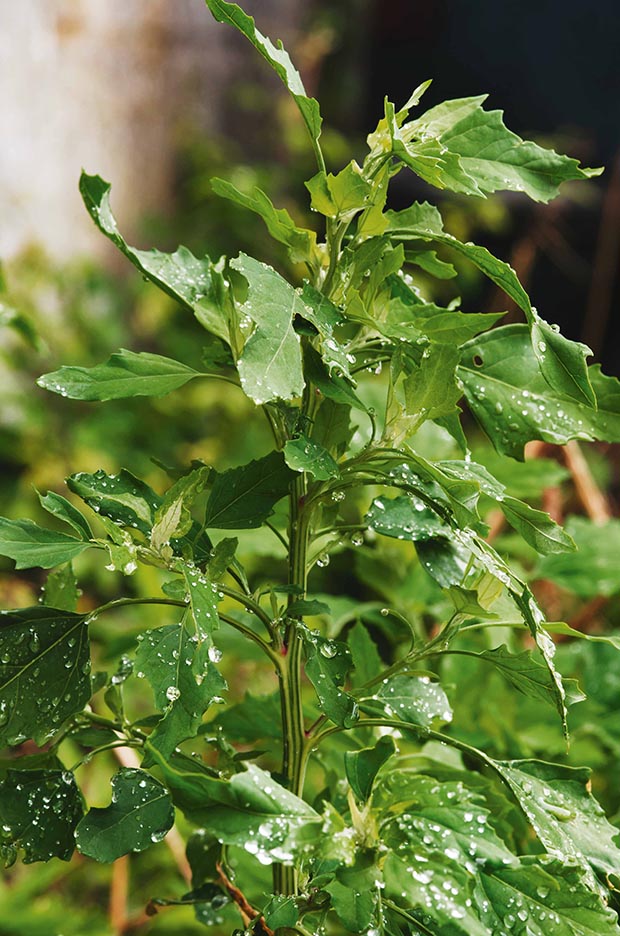
This is another weed that is supposed to be good for you, not just your chickens. It produces thousands of black seeds which are high in protein, vitamin A, calcium, phosphorus, and potassium. Quinoa, a closely-related species, is grown specifically for its seeds in South America.
HOW TO USE IT
Fathen’s green leaves can be used like spinach, and the leaves are used in Indian cooking in curries, soups or for stuffing ingredients in parathas (flatbread). Try making a fathen and cheese tart or quiche, throwing in chopped parsley, thyme, and rosemary, or make a vibrant green soup by cooking fathen in a nice stock with onions, garlic and some nutmeg. Blitz it up and then add some cream or sour cream to finish it. Top it with toasted pinenuts or almonds and serve.
6. Wild Fennel
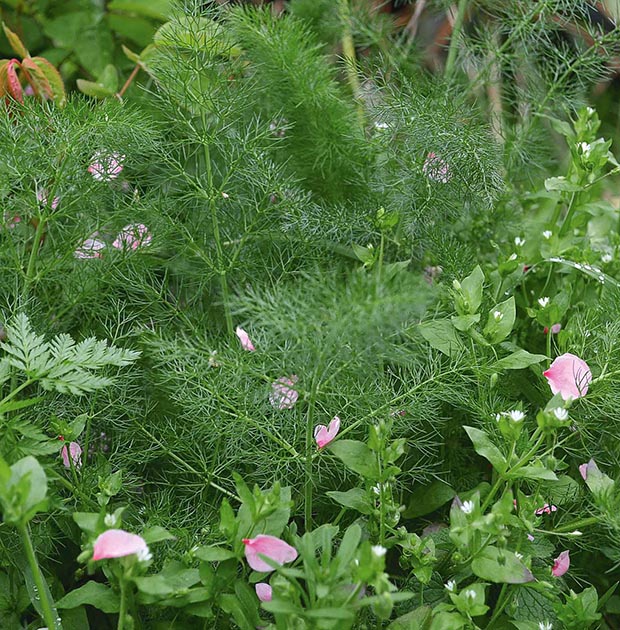
This weed is related to the beautiful Florence fennel you might deliberately grow in your garden, but unfortunately, our wild fennel just has a woody small root that’s nothing like the wonderful bulb you can buy at the farmers’ markets.
HOW TO USE IT
It grows all over our hilly block, so I have used the fronds from it as a flavouring in some dishes (when I can beat the pigs to it). The fronds also make a great base to rest roast pork on in your oven dish or sit roast vegetables or a whole fish on. The stalks are great added with other vegetables like carrots and onions to make a delicious vegetable stock. Put some stalks under the grill in your barbecue next time you cook fish, and it will add a superb smokey flavour to the fish. You can also finely mince the fronds and mix them through yoghurt, with a squeeze of lemon juice and some mint, to make a refreshing sauce to have on the side of chicken or lamb dishes.
7. Stinging nettles
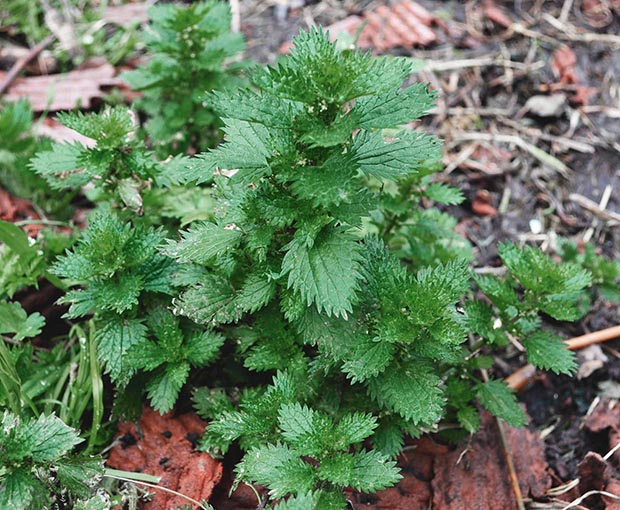
While building a new fence to keep the clever wandering kunekunes in their home paddock, I made the painful discovery of a new patch of stinging nettles. Nettles usually appear in the same places year after year, but this was a new weed in the paddock.
They are covered with tiny, nearly invisible stinging hairs that produce intense, stinging pain, followed by redness and continued skin irritation. However, if you find them and can harvest them without getting ‘stung’, these plants are edible. Once cooked, they lose their sting as the hairs are cooked off them. Nettles are full of vitamins and minerals and are actually a decent source of protein too.
HOW TO USE IT
Stinging nettles can be steamed, boiled or sauteed. In Ireland, they were mixed with mashed potatoes and milk to make a nettle champ, which was fed to children for supper. They have a very mild woodsy flavour so you can add them to your homebrew beer or ginger beer. I got my own back on the little beggars by donning thick gardening gloves and picking as many as I could to make into a traditional Irish bacon, oat and nettle soup called Brotchan Roy.
Recipe: Brotchan Roy
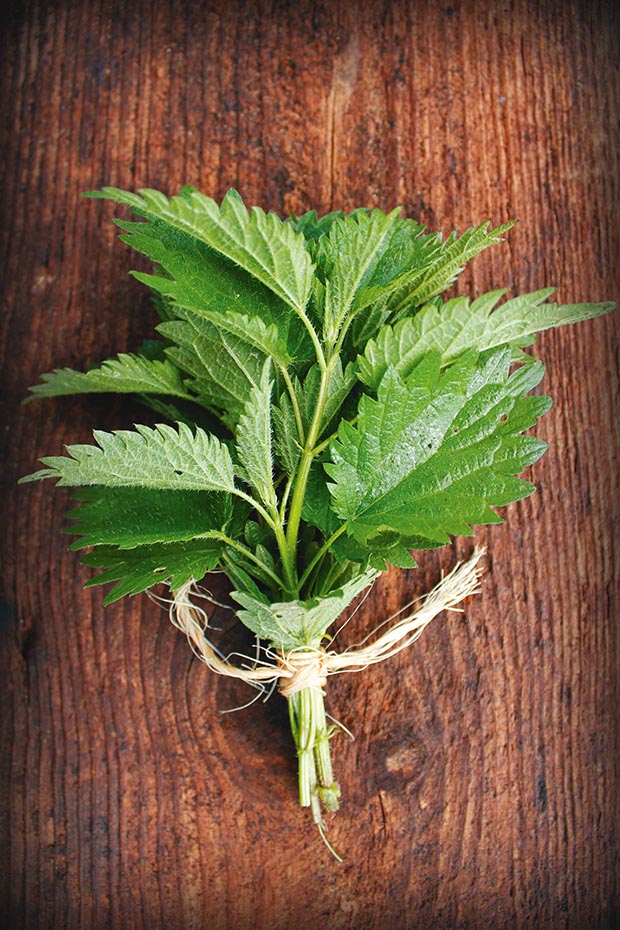
INGREDIENTS
75g nettles
225g leeks
125g streaky bacon
bacon fat or butter
50g rolled oats (not instant oatmeal)
850ml good stock
4 tbsp chopped chives
METHOD
Finely chop the nettles, leeks, and bacon. Melt bacon fat (if you have it) or some butter in a pot on moderate heat. Add the chopped bacon and cook until browned. Remove the bacon from the pan and add the rolled oats. Stir until slightly browned and then add the stock. Add the bacon back into the pot with the leeks, nettles, and chives. Season well with pepper and cook, covered, for 45 minutes on a gentle simmer. Add salt to taste before serving.
Recipe: Springtime Fritters
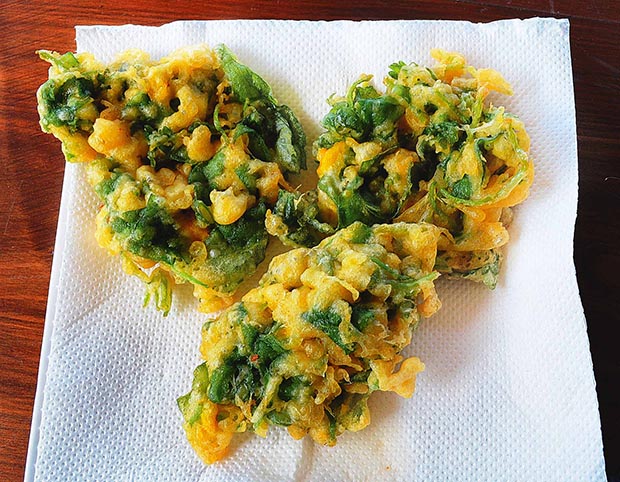
You could put all these ‘weeds’ together into one delicious dish. This is another modern reconstruction of an ancient method of flavouring a flour, beer and egg batter with wild spring greens and flowers before frying.
INGREDIENTS
180g flour
pinch of salt
1 egg
2 cloves garlic, crushed
½ tsp ground coriander seed
450ml flat beer
300g edible leaves and flowers
Options: broom flowers, gorse flowers, miner’s lettuce, NZ spinach, chickweed, or anything that’s to hand basically
METHOD
Add the flour and salt to a large bowl, make a well in the middle and break the egg into this. Pour in a little of the beer and start to mix. Gradually pour more beer and incorporate more of the flour. Mix thoroughly so that there are no lumps and keep adding beer until you have a batter about the consistency of single cream. Add the garlic and coriander and mix in well. Cover the bowl with a cloth and allow to rest for 30 minutes.
Meanwhile, trim your greens and flowers and rinse with plenty of cold water. Heat oil in a wok or deep pan – you want a pool about 4cm deep. Mix your flowers and greens into the batter. Very carefully and slowly drop spoonfuls of the batter mix into the hot oil and fry until golden, turning once. Drain on a paper towel and serve with a nice lemon mayonnaise dip.
READ MORE
Love this story? Subscribe now!
 This article first appeared in NZ Lifestyle Block Magazine.
This article first appeared in NZ Lifestyle Block Magazine.

